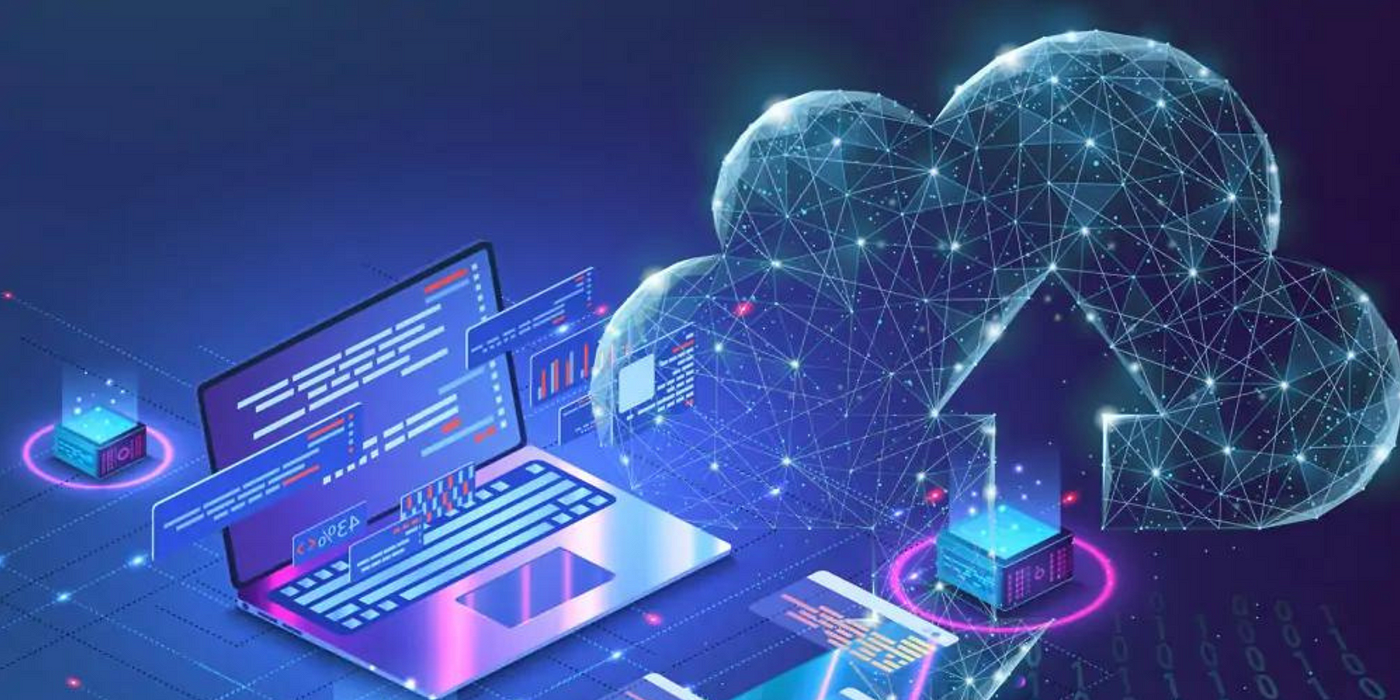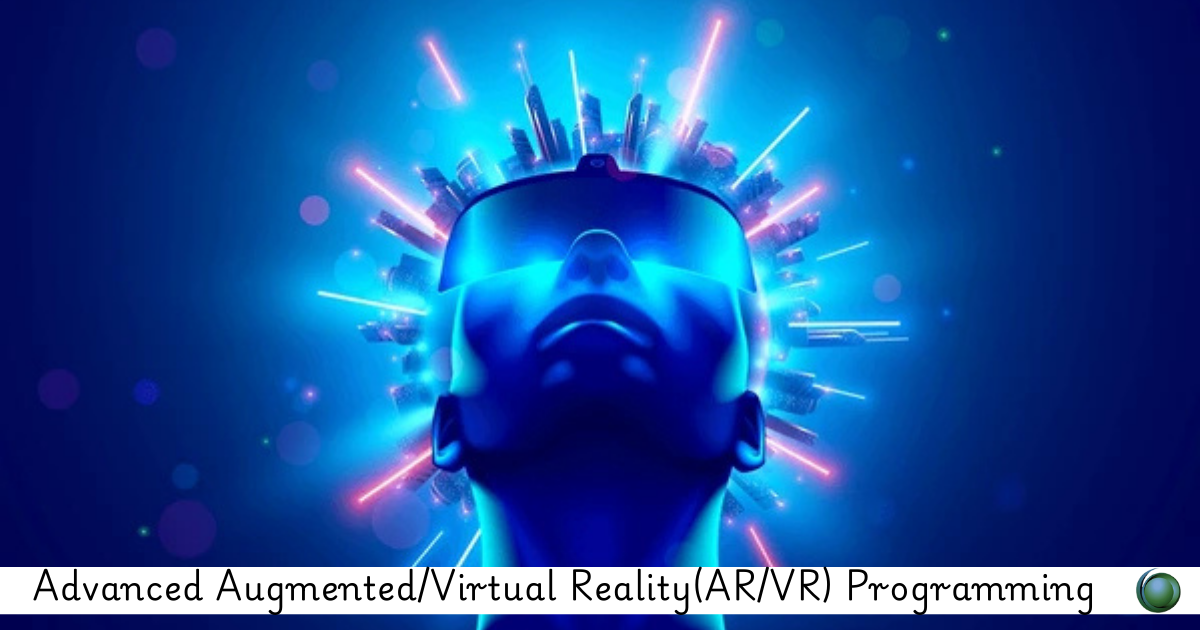1: Introduction to AI and ML in Edge IoT
1.1 Overview of AI and ML concepts
1.2 The role of AI and ML in Edge IoT applications
1.3 Benefits of integrating AI and ML at the edge
1.4 Key challenges and considerations for edge-based AI and ML
1.5 Case studies: AI and ML applications in Edge IoT
2: Architectures for AI and ML at the Edge
2.1 Designing an AI/ML-enabled Edge IoT system
2.2 Edge vs. cloud-based AI: Pros and cons
2.3 Key components: Edge devices, ML models, and data pipelines
2.4 Integrating AI/ML models with Edge IoT infrastructure
2.5 Case study: Architecture of an AI-powered smart home system
3: Developing and Deploying Machine Learning Models for the Edge
3.1 Selecting and training machine learning models for edge deployment
3.2 Tools and frameworks for edge-based AI/ML: TensorFlow Lite, ONNX, etc.
3.3 Optimizing ML models for resource-constrained edge devices
3.4 Techniques for model deployment and management at the edge
3.5 Case study: Deploying a ML model for real-time anomaly detection in industrial IoT
4: Data Processing and Inference at the Edge
4.1 Real-time data processing and inference with edge-based AI/ML models
4.2 Handling and processing data locally: Filtering, aggregation, and transformation
4.3 Implementing real-time analytics and decision-making at the edge
4.4 Managing latency and throughput for AI/ML applications
4.5 Case study: Real-time video analysis for security applications
5: Security and Privacy in AI at the Edge
5.1 Security implications of deploying AI/ML models on edge devices
5.2 Protecting AI models and data from unauthorized access and tampering
5.3 Ensuring data privacy and compliance with regulations
5.4 Best practices for securing AI/ML operations at the edge
5.5 Case study: Securing AI-powered medical devices in a healthcare setting
6: Performance Monitoring and Optimization
6.1 Monitoring performance of AI/ML models on edge devices
6.2 Techniques for optimizing model performance and resource usage
6.3 Troubleshooting and addressing issues in AI/ML deployments
6.4 Using performance metrics to guide model updates and improvements
6.5 Case study: Performance tuning for AI-driven predictive maintenance systems
7: Advanced Topics and Future Trends
7.1 Emerging trends in AI and ML for Edge IoT(Ref: Introduction to Energy Efficiency in Edge IoT Systems)
7.2 Advances in AI/ML hardware and software for edge deployments
7.3 Integration with other technologies: Edge computing, 5G, etc.
7.4 Preparing for future developments and innovations in AI at the edge
7.5 Case study: Future directions for AI in autonomous vehicles and smart cities
8: Hands-on Lab and Final Project
8.1 Setting up an edge-based AI/ML environment
8.2 Developing, deploying, and testing machine learning models on edge devices
8.3 Implementing real-time data processing and inference
8.4 Designing a project: AI/ML integration for smart agriculture, industrial automation, or home automation
8.5 Final project presentations, group discussions, and Q&A







Reviews
There are no reviews yet.